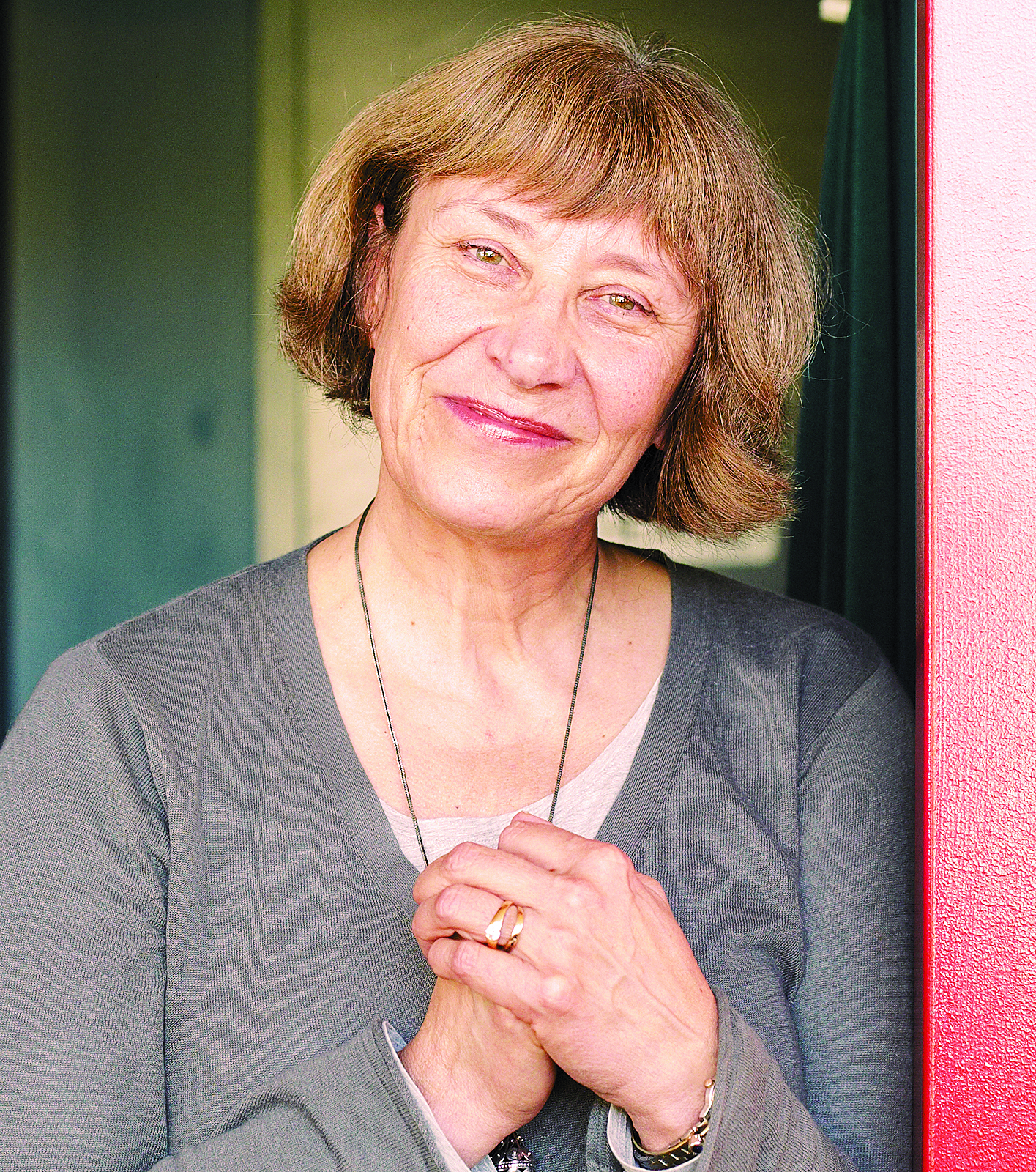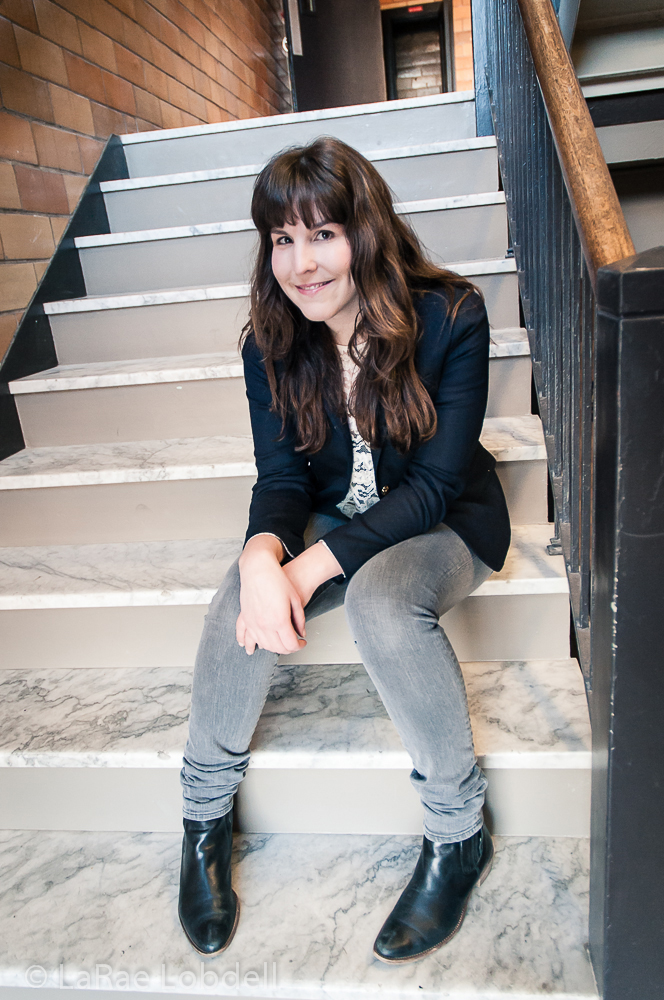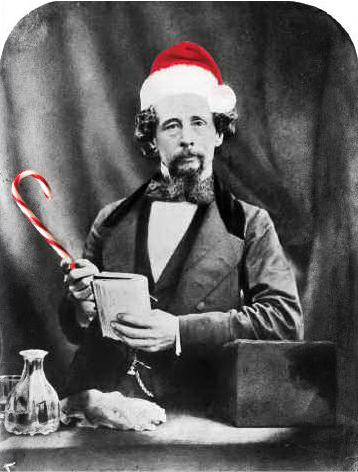STORIES, AS ANY ADULT who has attempted a bedtime reading session with a restless child can attest, demand to be told in a certain way. Try to skip over one section, condense another, or fabricate an early ending, and you’re likely to receive howls of “That’s not the way it goes!” Though it’s a weirdly complex task to try deconstructing the inner workings of something as apparently simple as a fairy tale, it’s all too apparent when one isn’t being told properly.
The King of Ireland’s Son
Seattle Children’s Theater, ends June 27
Unfortunately, such is the fate of the collection of Irish folktales that has been smooshed into The King of Ireland’s Son by Canadian playwright Paula Wing. Commissioned to write a piece based on a series of Celtic fairy tales about a hero known as Sean the Red, Wing has at least managed to get all the requisite attributes of the genre into the show: dashing hero, bumbling sidekick, magic swords, and fearsome monsters. It’s certainly promising material for a rip-roaring adventure. Brave Prince Sean (Alban Dennis) is sent by the family Druid (Paul Klein) out on a quest to find his missing sister, and is put under three geisa, or sacred rules: Don’t reveal your identity, never refuse a gift, and never turn your back on anyone. As you might expect, this triple handicap ends up being what repeatedly saves him from disaster as he sets off to meet with a giant, suffer an attack from a faerie hound, and take on his ultimate challenge—a fight with the fearsome Urfeist, a sea serpent that makes an annual snack out of princesses.
But the material just doesn’t fit right. Wing’s short and choppy scenes are talky and lacking in action, and do little to inspire the actors, who end up resorting to the sort of broad “kid acting” that SCT normally—and neatly—avoids. The direction of Linda Hartzell and the products of the design team are similarly unimpressive. One example: On his travels, Sean is suddenly (and for no very good reason) offered a visit to the realm of faerie. While this magical world might conjure up a variety of strange images in your mind, I doubt that it would include some white sheets, a large golden cup wheeled out on a motorized wagon, and two actresses wearing wigs that would do the Mandrell sisters proud. Similarly, for all the terror that the Urfeist inspires, when it makes its appearance it resembles a skeletal version of Ollie of Kukla and Fran fame. When it appeared, a child behind me loudly proclaimed, “It’s a puppet. Just like I suspected.” I shared his feeling; there is too much, in a show supposed to be about magic and wonder, that’s mundane and expected.







